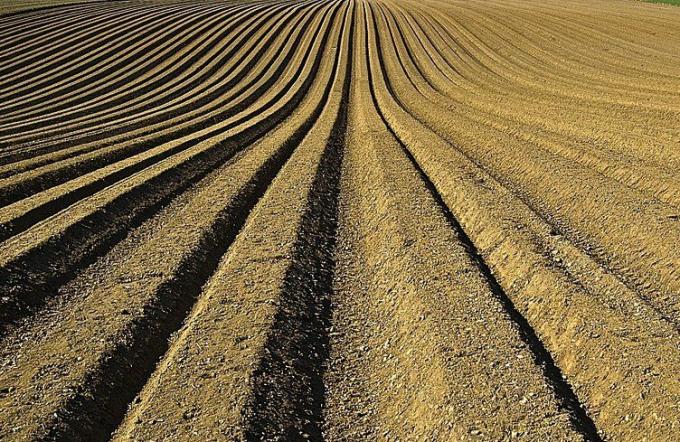The industrial Revolution it had a strong influence on the economic and social system, from its beginnings in Great Britain at the end of the 18th century.
As manufacturing activities increased, finance, transportation and communications industries expanded to preserve new production capabilities. It also allowed for increased financial well-being and greater job specialization.
Advertisements

Let's see more about its features.
Advertisements
In this article you will find:
Characteristics of the industrial revolution
The characteristics of the industrial revolution are the following:
1. Imperialism
The Industrial Revolution coincided with the emergence of the Second British Empire. The British East India company ruled a part of India, giving Britain access to raw materials and large markets to make its products.
Advertisements
2. Mechanization
During this period, large numbers of mostly textile industries were created that were machined for labor-intensive production to achieve comparative profit at the level world. This, in combination with the large British markets, allowed for large-scale production.
3. Machinery
Pre-industrial machines were made by carpenters. The first industrial revolution discovered that with the use of tools and with the work of artisans specialized constructions of components, parts and various machines in metal at large scales.
Advertisements
4. Divergence
In this revolution, a great divergence in GDP was created, which allowed the first countries to industrialize in Europe and North America, to significantly increase their economic power.
5. Type of life
Throughout history, people's lives have remained stagnant in almost all regions. This is due to the fact that many times the standard of living is low due to the weather, natural disasters, war and various diseases that allowed a slow recovery to return to stability.
Advertisements
At the end of the industrial revolution, it produced a great increase and a much more stable type of life. Certain studies have determined that the recovery was not easy and had a delay in financing, however, it was launched effectively during the nineteenth century.
6. Steam power
The increase in the use of water and steam started slowly, but then made rapid progress towards the end of the first revolution. industrial, where the power of steam of the United States, surpassed that of Great Britain in the amount of horsepower.
7. Coal
In Britain it was abundant to the extreme, which is one of the relevant reasons why the industrial revolution first occurred in that country.
8. Ambient
With the emergence of multiple industrial factories and a significant increase in coal consumption, they allowed the formation of a large pollution from smoke generated in urban and industrial areas of Great Britain.
The creation of the first global environmental law, was known as the Alkalis Law of Great Britain and was passed in the year of 1863 in order to regulate the release of gaseous hydrochloric acid by the factories that produced carbonate of sodium. Because of this, these companies were sanctioned for polluting the waterways.
9. Chemical products
The modern chemical industry was created during the industrial revolution, however, it had a fairly limited impact at first, as there was a high level of competition by then.
10. Iron
Mechanization induced by the force of steam, such as the motorized cylinder, allowed the use of efficient furnaces that had a great capacity to produce cast iron in large quantities.
11. Infrastructure
Great Britain stood out in the construction of infrastructures, carried out the construction of significant channels of great commercial success, this was of high motivation for many investors carried out similar projects and led to a stage of greater investment for the construction of the railways that reached its peak in the year of 1846.
12. Agricultural revolution
Great Britain attempted to make an anticipated increase in agricultural yield and production from 1650 to 1850. This came about due to various factors including better agricultural practices, machinery such as the iron plow, and legal reforms.
13. Population
The relationship between the industrial revolution and the agricultural revolution, allowed the appearance of the first stage that was maintained in global history and where there was a drastic increase in population and capital income jointly.
14. Urbanization
The industrial revolution sustained an urbanization that was fueled by the opportunity for new jobs available in factories.
15. Transport
During the industrial revolution, it was possible to expand internal trade, due to the incorporation of different canals, railways and the improvement of roads. In 1807 the first commercial steamship was built and with the increase in new canal routes, ship technology was significant in shipping internal cargoes.
16. Communication
The communications that began during this stage, managed to benefit the connections between the communities and allowed many changes in the businesses. In the year 1836, the United States developed an electric telegraph system, which helps in the message transmission over long-distance cables with current pulses electrical.
All this historical progress of the industrial revolution determined the change to modern history, since from an artisanal and agricultural economy it passed to the domain of the industry and manufacture of machinery. Starting from Great Britain, and then expanding to Europe, the United States and other parts of the world.


